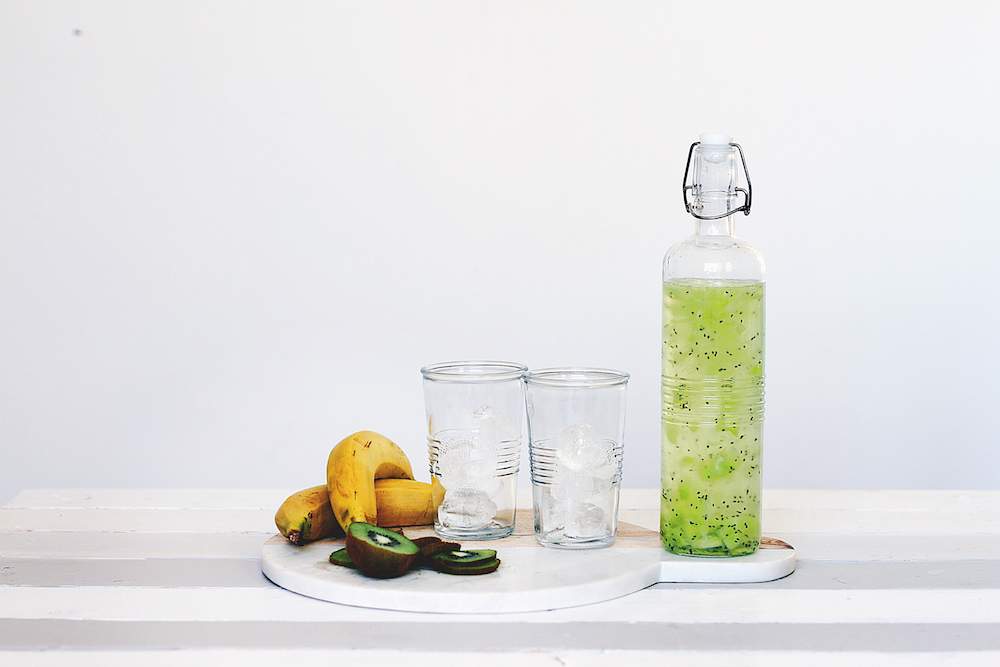Now that we learned why we should hydrate in order to have a healthy voice, and talked about hydrating the vocal folds internally, let’s have a look at topical hydration. The word ‘topical’ means something is applied directly to a part of the body, in this case the vocal folds (or the nasal passage).
This week, we’ll have a look at how to directly hydrate the vocal folds, and what to do about external de-hydrating factors that might conspire against you.
Let’s do this!

Steam
Steam is the only way to directly hydrate the vocal folds. Usually prescribed for tired and husky voices, or when recovering from illness like a cold, flu or laryngitis, steam is the cheapest and simplest vocal health cure in the world. But did you know steaming is also worth doing even when you’re not experiencing any vocal problems?
Steaming daily can keep the vocal folds lubricated to help avoid injury. Consider adding steaming to your vocal hydration plan especially during flu season, during periods when you use your voice a lot, or when you’re in a dry environment.
To steam, you don’t necessarily need to buy any fancy gadgets. You just pour boiling water into a bowl, cover your head with a towel, and lean over the bowl to inhale the steam. There’s no need to add anything to the water, though some singers like to add camomile, thyme or other herbs with anti-inflammatory properties. You could do this in case you’re steaming for recovery purposes, but for maintenance purposes it’s not really necessary. In any case, don’t add menthol or eucalyptus to the water, because that’s just going to dry up your vocal folds.
Your voice will really appreciate ten minutes of steaming. After steaming, let the mucus membranes rest, and avoid speaking for 20-30 minutes. You can steam many times per day if needed, as long as you let the voice rest after steaming. Also, stop steaming about four hours before your performance or recording.
Instead of the D.I.Y. method with the bowl of water and towel, you could also use a facial steamer like this one from Vicks, which is quite compact in size. And if you’re on the road a lot and looking for an even smaller model, you might wanna buy a steam inhaler like this classic ceramic one or check out some of the modern portable steam inhaler options that are chargeable with USB. Call me old-fashioned, but I don’t have any personal experience with a chargeable mini-steamer.
An optional D.I.Y. ‘hand steamer’ would be soaking a small towel or washcloth in hot water, wringing it out, and holding it in front of your mouth and nose while you breathe. Other ways to inhale steam is to go to a steam bath, so check for example if your gym has a steam room. You can steam in the shower too, though taking long, hot showers is perhaps not the most ecological option out there.
Wash out excess gunk
A handy tool, indirectly related to hydration is the neti pot. Traditionally used in Ayurvedic medicine, the neti pot helps clear up the nasal passages, loosen up mucus, and combat post-nasal drip – a.k.a. “gunk” from the nose dripping through the nasal passage and down in the throat. I’ve come to love it, especially in the cold, flu and allergy season.
Neti pots come in different styles: ceramic, stainless steel or plastic. Here’s how to use it:
Fill the neti pot with warm water and a 1/2 teaspoon of unprocessed salt. I use unprocessed sea salt, grey Celtic sea salt or pink Himalayan salt. Tilt your head to one side, pour water with the neti pot up one nostril and let in run out of the other, then repeat with the other nostril. You might want to do this over a sink, or else you’ll have to mop the floor afterwards 😉 I know, it doesn’t sound pleasant, and it can feel a bit awkward at first. But it doesn’t hurt, and once you get a hang of it, it’s really easy to use. Use one pot per nostril.
Make sure you breathe through your mouth as you use the neti pot. For health safety reasons, you also want to make sure to always use distilled or sterilized water, or boiled tap water – instead of just pouring tap water into it. And definitely don’t use water you think might be contaminated. If you boil your water to use in the neti pot, let it cool down to lukewarm before using it.
Clean your neti pot properly with soap water (or in the dishwasher) after each use, in order to avoid getting any unwanted things up your nose. After cleaning, dry the pot and don’t let any old water sit inside the pot, or else it will become a breeding ground for bacteria. Also, don’t share your pot with other people, just like you wouldn’t share your nasal spray!
Relevant: Optimal hydration for a healthy voice

Humidify your environment
An easy way to increase the quality of the air you breathe, is to get an air humidifier into your house. Suggested ideal air humidity is between 30-50%, and can be checked with a hygrometer that you can buy in a hardware store. Air humidifiers come from many brands and don’t even have to be such a big investment. Needless to say, keep your humidifier clean so that you don’t get any germs into the air you breathe. You can also humidify the air of your house in a D.I.Y way by placing bowls of water on top of heaters.
Vocal hydration plan in action
That’s a lot of information! Now, if you’re anything like me, you’ll need a little nudge to actually implement (some of) these ideas on a daily and weekly basis. Or a general idea on where to start trouble-shooting if something feels a bit ‘off”. Yes, even vocal coaches need reminders about these things from time to time 😉
So, you might wonder, why would I have to check in on my hydration plan? Or why on earth would I even have to “plan” something like this? Ok, if the term ‘hydration plan’ sounds too theoretical to you, I totally get it! 🙂
But the point is, our voice is never the same from one day to another. It’s affected by all sorts of internal and external circumstances, and a pretty big factor here is…you guessed it: hydration. Sometimes when we’re in vocal trouble, we might think a specific exercise might help us. But often it actually won’t – or it might not have the same optimal effect – unless we are well hydrated.
So depending on all these circumstances and factors that we’ve learned about in this blog post, and the one from last week, it’s a good idea for singers and professional voice users to check in on their hydration from time to time. Makes sense?
To figure out what’s working, and what might be conspiring against you, you might want to do a check-in and take in consideration the following aspects:
1. DAILY FLUID INTAKE:
- Ask yourself, “how will I keep track”? For example: Keep my water bottle with me, or use an app to keep track and remind me.
2. FACTORS THAT AFFECT FLUID INTAKE AND/OR HYDRATION, OR DRY UP THE VOICE:
- Exercise, dancing, sweating on stage.
- Dehydrating beverages (coffee, tea, coke & caffeinated beverages, alcohol).
- Temperature and/or moisture of air at home, in my working space, spending time in airplanes, rooms with airconditioning, smoky environments, smoking.
- Certain medications.
- Breathing through the mouth.
3. HOW WILL I COMPENSATE (FOR THE ABOVE FACTORS)?
- Increase systemic hydration (daily fluid intake / nutrition)
- Topical hydration (steam, neti pot)
- Increase moisture of air (use an air humidifier)
You can do these check-ins whenever you need to in order to stay on track and maintain an optimal voice. I personally like to do a general check-in with myself every other week. When I do my check-in, I like to ask myself any or all of the following Power Questions, to gain more insight:
- Has anything changed in my lifestyle or environment lately that might be affecting my voice right now?
- What’s the one thing I can do every day this week to help my voice stay hydrated?
- What’s one thing I can add to, or adjust, in my diet this week to increase hydration?
- What could I do LESS of or STOP this coming week? What could I do MORE of or START this coming week?
- Is there anything regarding vocal health that I could, or need to, inform myself more about? How will I inform myself?
Don’t Try To Be Your Own Doctor
In case you are experiencing vocal problems, remember that hydration is usually not the only thing you need to consider. Excessive phlegm can also be caused by inhalation and food allergies, or irritation on the vocal folds due to incorrect technique. Always consult a doctor in case of a medical issue.
What’s the one thing you can do to optimise your vocal hydration plan this week? Share it in the comments below so we can inspire each other!

